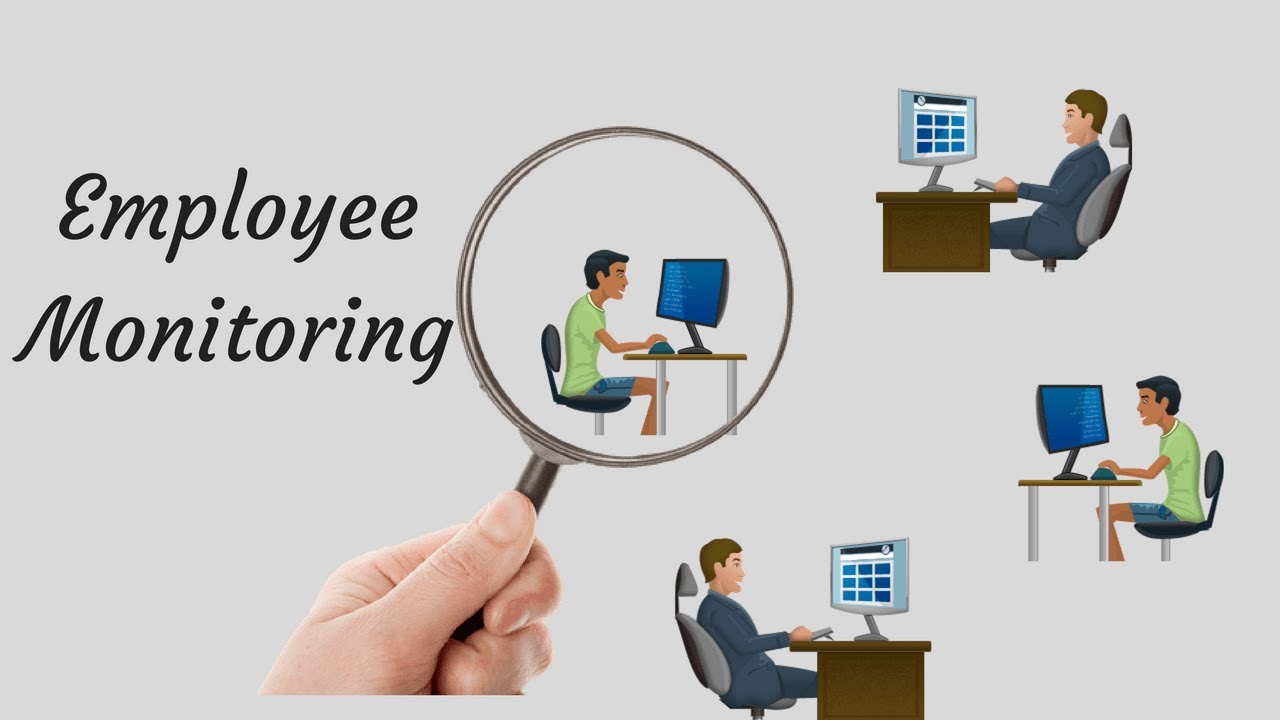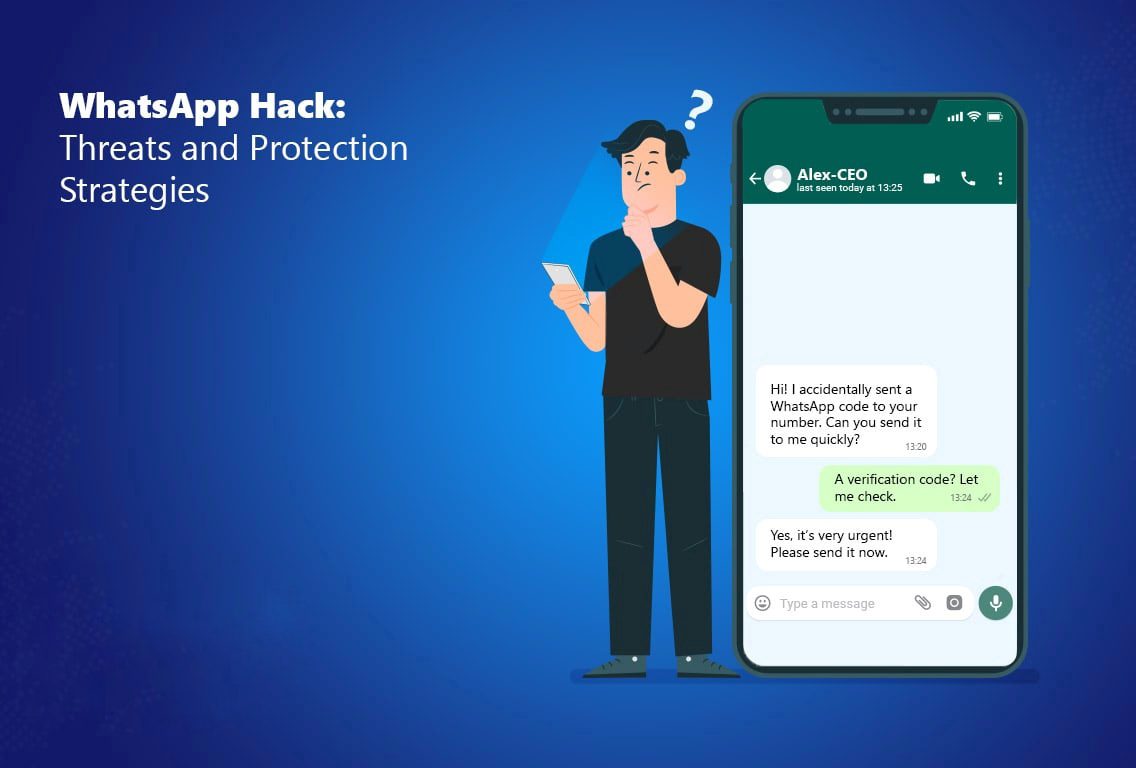
In today’s digital landscape, the role of IT and security teams has become paramount to ensure business continuity and protect sensitive data. As cyber threats continue to evolve, it is crucial for organizations to invest in comprehensive training programs to equip their teams with the necessary skills and knowledge to combat these threats effectively.
The consequences of inadequate training can be severe, leading to data breaches, financial losses, and reputational damage. Well-trained IT and security teams can proactively identify and mitigate potential risks, implement robust security measures, and respond swiftly to incidents, minimizing the impact on your organization.
Moreover, regular training promotes a culture of security awareness, empowering employees across all levels to recognize and report suspicious activities, reducing the risk of human error, which is often a significant vulnerability.
Contents
Evolving Threats and the Need for New Training Methods
As the digital landscape continues to evolve, so do the threats posed by malicious actors. While valuable, traditional training methods may not be sufficient to address the complexities of modern cyber threats. Cybercriminals are constantly developing new tactics and techniques, exploiting vulnerabilities in emerging technologies, and leveraging advanced tools to bypass security measures.
To combat these evolving threats, IT and security teams must adopt innovative training approaches that incorporate real-world scenarios, hands-on exercises, and simulations. These methods not only enhance technical skills but also foster critical thinking, problem-solving abilities, and adaptability, enabling teams to respond effectively to dynamic and unpredictable situations.
Understanding DDoS Attacks and Prevention Strategies
One of the most significant threats facing organizations today is Distributed Denial of Service (DDoS) attacks. These attacks aim to overwhelm systems, networks, or applications with an excessive amount of traffic, rendering them unavailable to legitimate users. The consequences of a successful DDoS attack can be catastrophic, resulting in prolonged service disruptions, financial losses, and reputational damage.
To mitigate the risks posed by DDoS attacks, your IT and security teams need to receive comprehensive training on prevention strategies. This training should cover:
DDoS Attack Vectors: Understanding the different types of DDoS attacks, such as volumetric attacks, protocol attacks, and application-layer attacks.
DDoS Detection and Monitoring: Implementing robust monitoring systems and techniques to identify and respond to DDoS attacks promptly.
DDoS Mitigation Strategies: Exploring various mitigation strategies, including on-premises solutions, cloud-based services, and hybrid approaches.
Incident Response and Recovery: Developing and practicing incident response plans to minimize downtime and ensure business continuity during and after a DDoS attack.
Implementing Mobile Device Management for Enhanced Security
In the era of remote work and bring-your-own-device (BYOD) policies, mobile device management (MDM) has become a crucial aspect of enterprise security. With employees accessing corporate data and applications from various devices, including smartphones and tablets, the attack surface has expanded, increasing the risk of data breaches and unauthorized access.
To address these challenges, your IT and security teams must receive comprehensive training on implementing and managing MDM solutions. This training should cover:
MDM Solution Selection: Evaluating and selecting the appropriate MDM solution based on your organization’s requirements, device diversity, and security policies.
MDM Deployment and Configuration: Implementing and configuring the MDM solution, including device enrollment, policy enforcement, and remote management capabilities.
Data Security and Encryption: Implementing data security measures, such as encryption, remote wipe capabilities, and containerization, to protect sensitive information on mobile devices.
Compliance and Regulatory Requirements: Ensuring compliance with industry-specific regulations and standards related to data privacy and security.
User Training and Awareness: Educating end-users on best practices for secure mobile device usage, including password management, application installation, and data handling.
Training Techniques for IT And Security Teams In 2025
To effectively prepare your IT and security teams for the challenges of 2025 and beyond, it is essential to adopt innovative and engaging training techniques. Traditional classroom-based training may no longer be sufficient to keep pace with the rapidly evolving threat landscape. Instead, consider incorporating the following methods:
Gamification: Gamifying the training process by incorporating elements of competition, rewards, and interactive scenarios can increase engagement and motivation among learners.
Virtual and Augmented Reality (VR/AR): Leveraging VR and AR technologies can provide immersive and realistic training experiences, allowing teams to practice incident response and threat mitigation in simulated environments.
Hands-on Cyber Ranges: Cyber ranges are controlled environments that simulate real-world cyber threats and scenarios, enabling teams to practice their skills in a safe and controlled setting.
Continuous Learning Platforms: Implementing online learning platforms that offer on-demand training modules, certifications, and knowledge assessments can facilitate constant learning and skill development.
Mentorship and Coaching: Pairing experienced professionals with junior team members can foster knowledge transfer, practical guidance, and career development opportunities.
By adopting these innovative training techniques, you can ensure that your IT and security teams remain engaged, motivated, and equipped with the latest skills and knowledge to combat emerging threats effectively.
Investing in the Future: Budgeting for IT And Security Training
Investing in comprehensive training programs for your IT and security teams is an essential aspect of protecting your organization’s assets and ensuring business continuity. However, allocating sufficient resources and budgeting for training can be a challenge, particularly in times of economic uncertainty.
When budgeting for IT and security training, consider the following factors:
Training Delivery Methods: Evaluate the costs associated with various training delivery methods, such as in-person workshops, online courses, and virtual simulations.
Certifications and Professional Development: Factor in the costs of industry-recognized certifications and professional development opportunities for your team members.
Training Infrastructure: Assess the need for dedicated training facilities, hardware, software, and other resources required for hands-on training and simulations.
Training Content Development: If developing custom training content, consider the costs associated with subject matter experts, instructional designers, and content creation tools.
Opportunity Costs: Consider the potential costs of not investing in training, such as increased risk of data breaches, service disruptions, and regulatory non-compliance.
Conclusion: The future of training IT and security teams
Looking towards 2025 and beyond, the importance of comprehensive and innovative training for IT and security teams cannot be overstated. The ever-evolving threat landscape demands that organizations stay ahead of the curve by equipping their teams with the necessary skills and knowledge to combat emerging cyber threats effectively.
By embracing new training methods, such as gamification, virtual reality simulations, and hands-on cyber ranges, you can provide your teams with engaging and immersive learning experiences that foster critical thinking, problem-solving abilities, and adaptability.
Moreover, investing in training programs that cover critical areas like DDoS attack prevention strategies and mobile device management implementation will ensure that your organization remains resilient and prepared to mitigate the risks posed by these threats.
Remember, the success of your IT and security teams directly impacts your organization’s ability to protect sensitive data, maintain business continuity, and uphold its reputation. By prioritizing training and fostering a culture of continuous learning, you can cultivate a highly skilled and proactive workforce capable of navigating the ever-changing cybersecurity landscape.
Take the first step towards enhancing your organization’s cybersecurity posture by investing in comprehensive training programs for your IT and security teams. Protect your business, empower your teams, and stay ahead of emerging threats. Don’t wait – the future of cybersecurity starts now.








